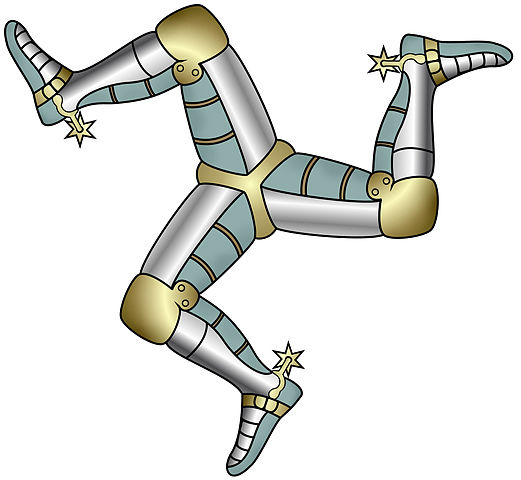Lesson 16
More Symmetry
Let’s describe more symmetries of shapes.
Problem 1
For each figure, identify any angles of rotation that create symmetry.



Problem 2
A triangle has rotation symmetry that can take any of its vertices to any of its other vertices. Select all conclusions that we can reach from this.
All sides of the triangle have the same length.
All angles of the triangle have the same measure.
All rotations take one half of the triangle to the other half of the triangle.
Problem 3
Select all the angles of rotation that produce symmetry for this flower.

45 degrees
90 degrees
135 degrees
180 degrees
225 degrees
270 degrees
Problem 4
Identify any lines of symmetry the figure has.

Problem 5
A triangle has a line of symmetry. Select all conclusions that must be true.
All sides of the triangle have the same length.
All angles of the triangle have the same measure.
No sides of the triangle have the same length.
No angles of the triangle have the same measure.
Two sides of the triangle have the same length.
Two angles of the triangle have the same measure.
Problem 6
Here are 4 triangles that have each been transformed by a different transformation. Which transformation is not a rigid transformation?




Problem 7
Match each directed line segment with the translation from Polygon \(P\) to Polygon \(Q\) by that directed line segment.
Translation 1

Translation 2

Translation 3

Translation 4




